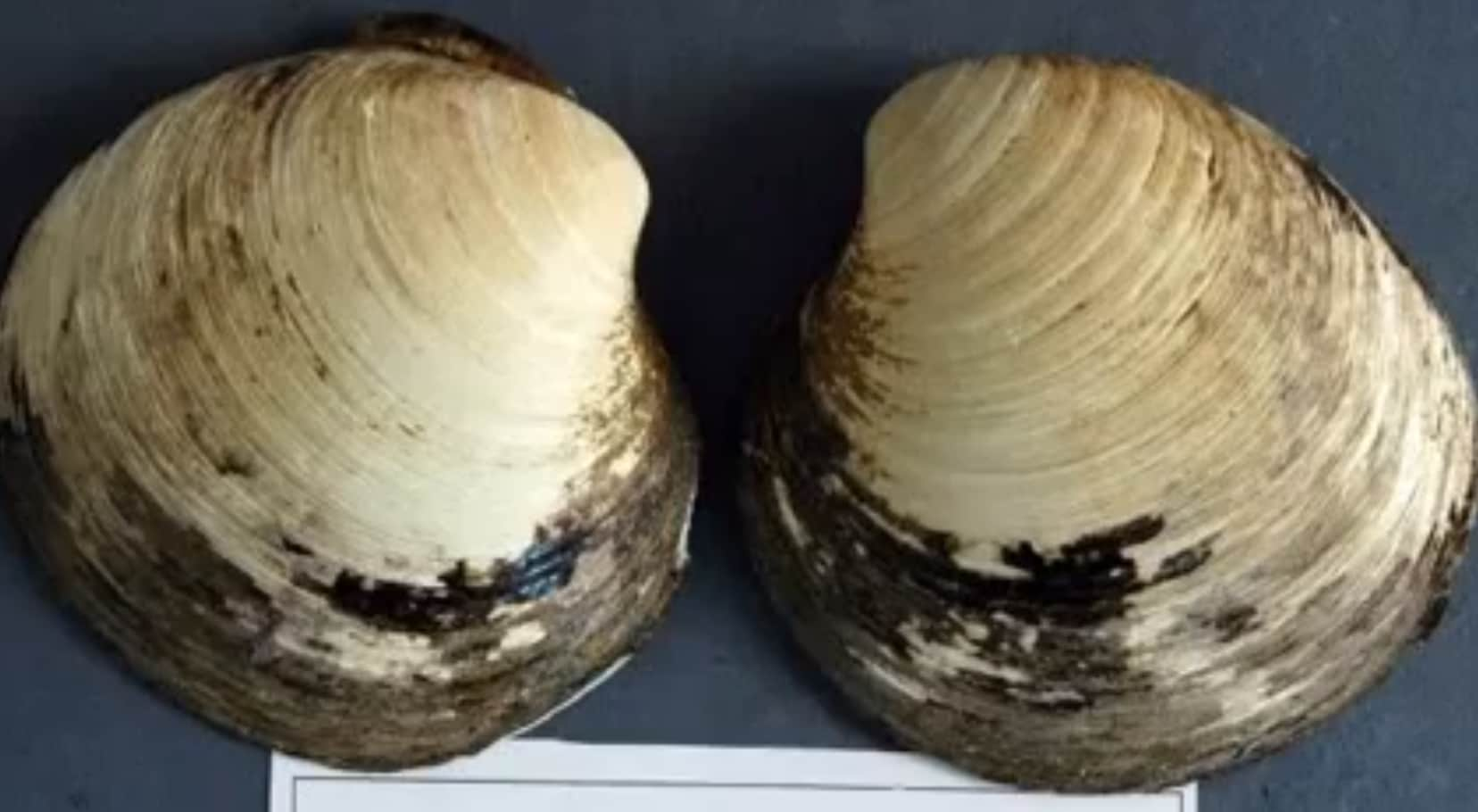World’s Oldest Living Creature Determined to Be 507 Years Old
OutdoorHub Reporters 11.15.13

Researchers originally found the world’s oldest living creature, an ocean quahog clam, off the coast of Iceland in 2006. According to CBS News, scientists initially believed the clam to be 405 years old, but recent findings show that the creature is actually older by more than a century. Researchers now say that clam is 507 years old and was likely alive for the early voyages of Christopher Columbus as well as the crowning of Henry VIII of England. At least the very least, it was 507 years old when researchers found it in 2006. Testing for the clam’s age required opening its ancient shell, which killed it instantly.
According to BBC News, scientists behind the research project are being criticized for killing the centuries-old clam, but they claim it was not something they had intended.
“We’ve had emails accusing us of being clam murderers,” said Professor James Scourse from the United Kingdom’s Bangor University.
Scourse told the BBC that the clam was found as part of a study on ocean quahog clams. The researchers were interested in how aging effects the long-lived animals, as well as information imprinted on the clams’ shells and what they can tell us about the history of the ocean. The only method for determining a clam’s age is to study sections of their shell called growth rings. To do this, the shell must be opened, exposing the clam and killing it.
Scourse said the 507-year-old clam was not readily distinguishable from the rest of their clams, and it was only after testing that researchers discovered its great age.
Nicknamed Ming the Clam—due to the animal being alive during the rule of the Ming dynasty in China—scientists originally tested the clam to be 405 years old. A recent measurement found additional layers of growth rings in the clam’s shell, which added up to 102 extra years.
“The age has been confirmed with a variety of methods, including geochemical methods such as the carbon-14 method. So I am very confident that they have now determined the right age. If there is any error, it can only be one or two years,” marine biologist Rob Witbaard, an expert on molluscs not involved with the project, told sciencenordic.com.
Ming the Clam had in fact grown so old that the creature’s growth rings became compressed, compacting more than 500 rings into a shell only a few millimeters wide. Lifespans of several centuries are not uncommon for ocean quahogs. The clams are slow growers, building their shells by a tiny sliver every passing year.

